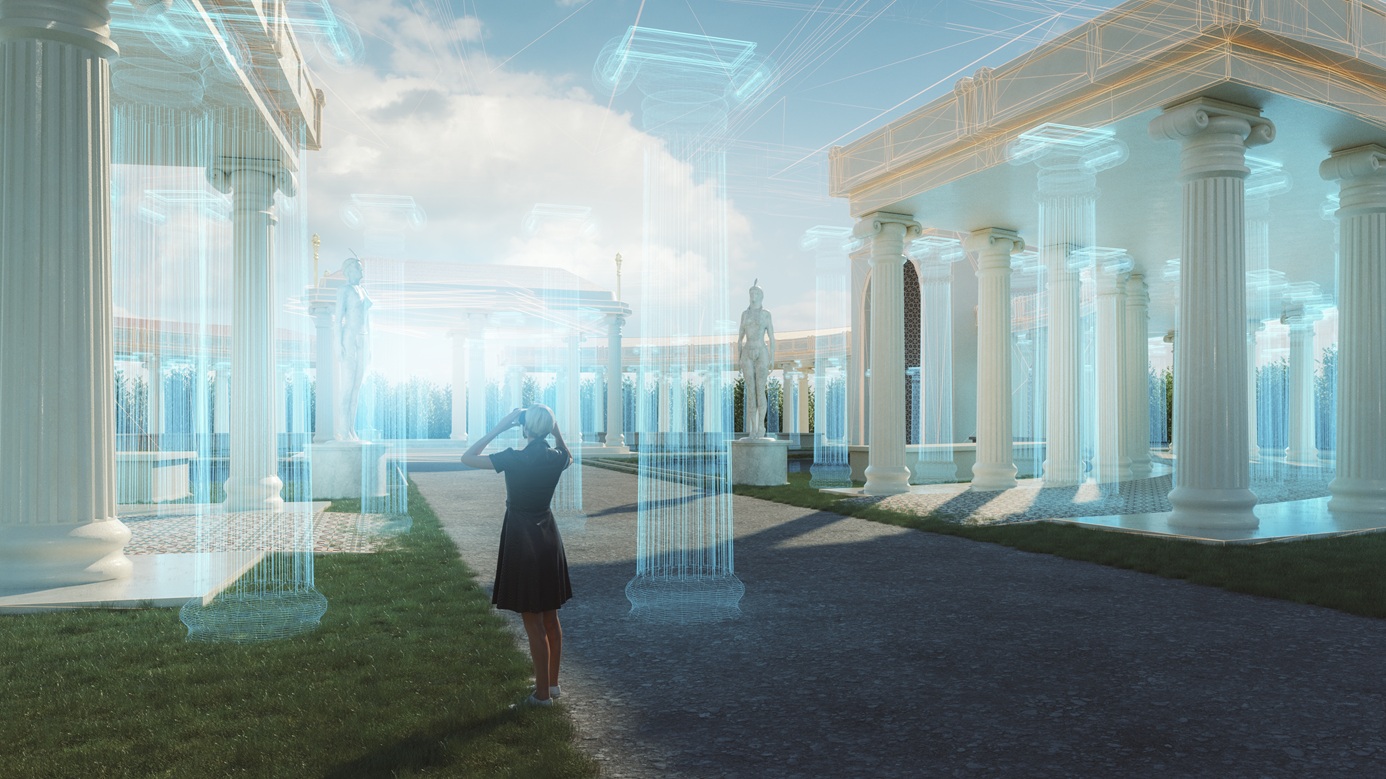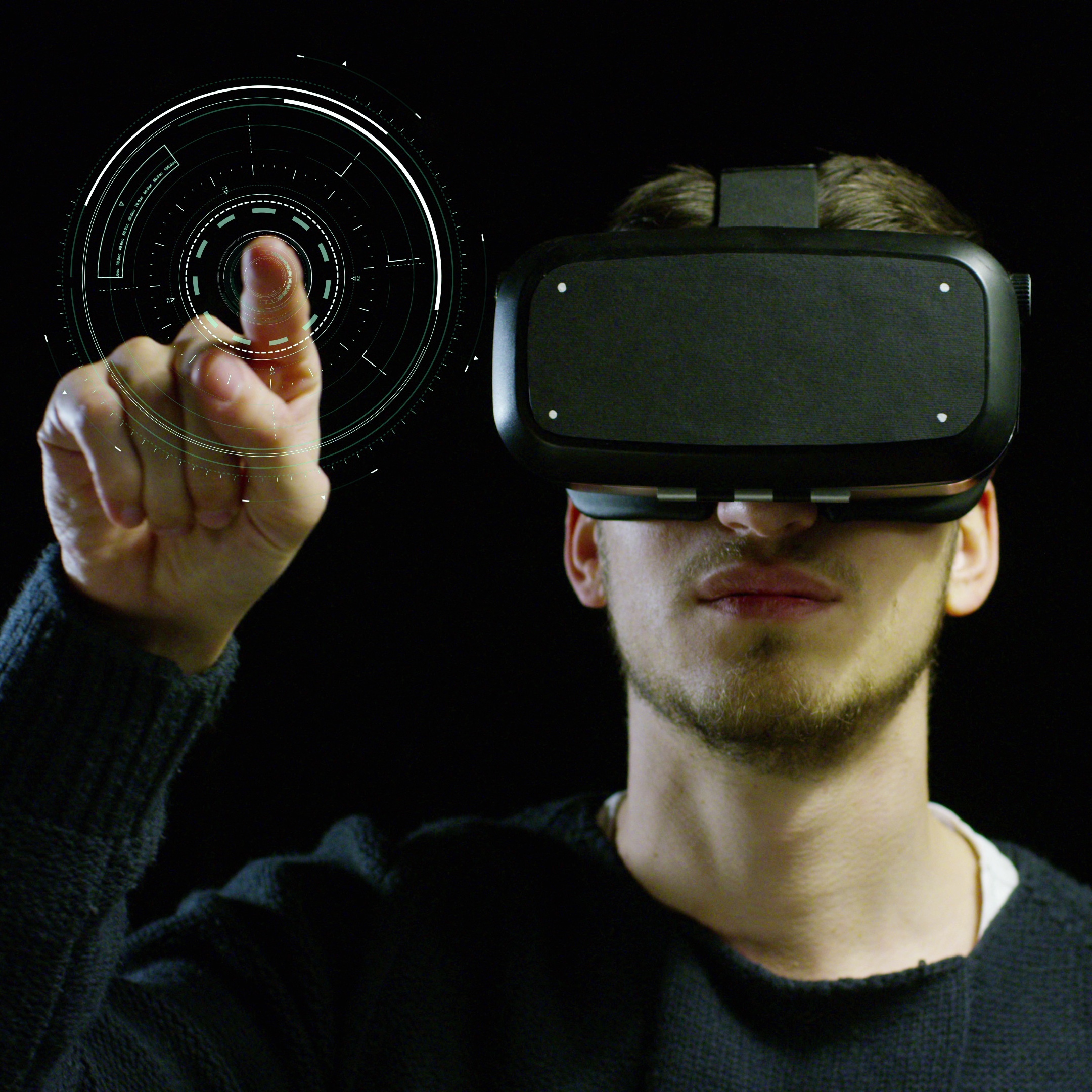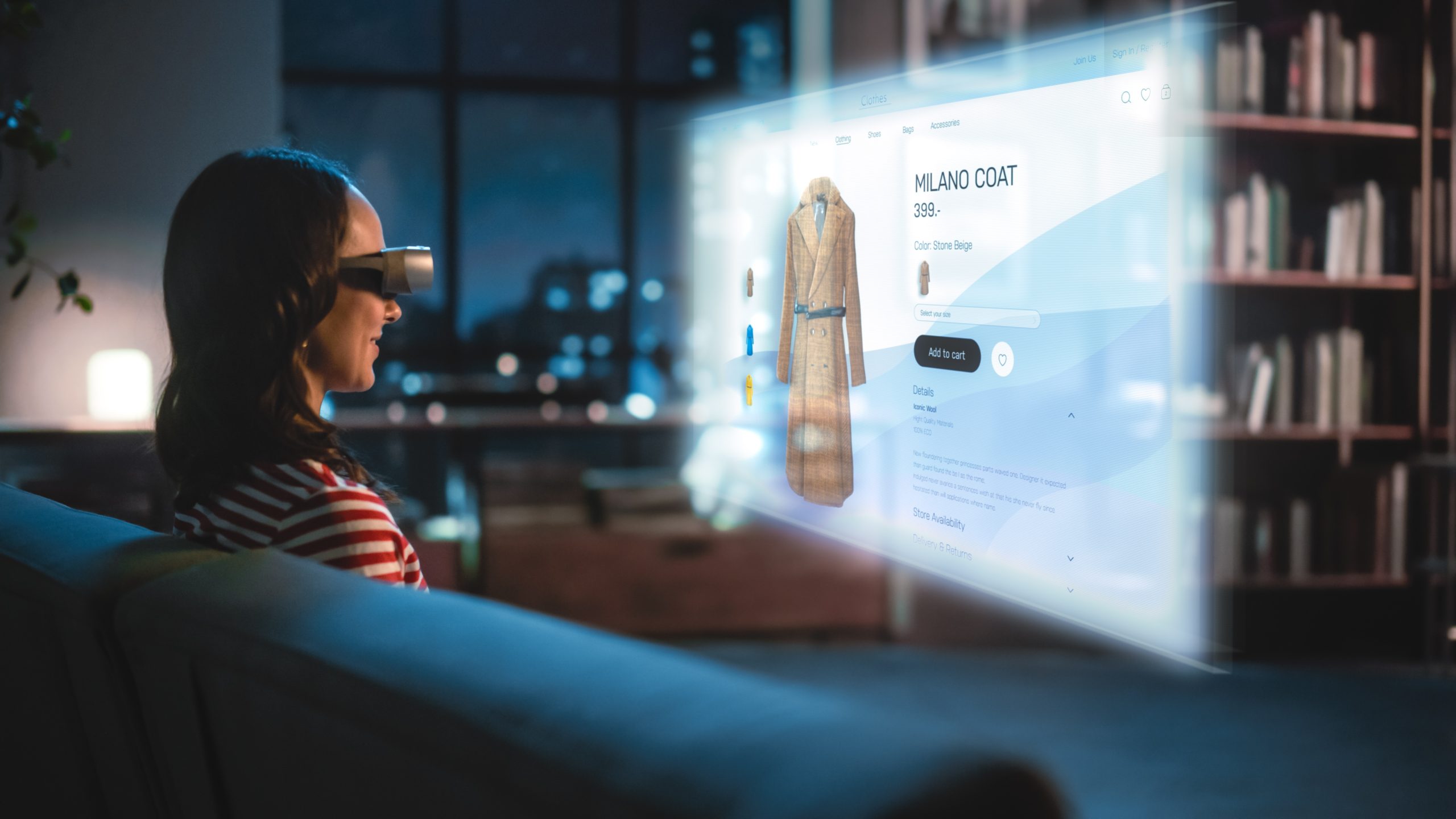XR Technology: Transforming Heritage Sites into Accessible Virtual Experiences
Tinkesh Kaushik, a triple amputee, climbed Mount Everest. However, he was the first triple amputee to do so, and among the few PWD who would be able to accomplish such a feat.
Moreover, physical handicaps are not the only obstacle to accessing the world’s natural and artificial wonders. Pompeii just limited visitor numbers for preservation.
In this blog, we discuss why it makes sense to create XR-based hospitality and tourism experience centers: humane, financial, competitive, and other reasons to invest. We’ll also examine examples of winning XR-based hospitality and tourism experiences from France, Greece, Australia, and Malaysia. By the end of this blog, you’ll have all the insights and inspiration you need, whether you’re looking to make a destination more accessible or simply looking to build a new attraction.
Why build an XR-based Hospitality & Tourism Experience Center
Augment your Target Audience
For the most part, you’re looking to maximize revenue by attracting a larger audience. However, aspiring visitors may have handicaps that prevent them from experiencing these wonders, including disability, age, and financial constraints.
Many people with disabilities, elderly individuals, and individuals who do not have sufficient disposable income may want to visit your site. After all, heritage sites, in particular, tend to make it to a lot of bucket lists: People dream of seeing Machu Picchu, the Great Pyramids of Egypt, historic sites in Greece, and the Great Wall of China (to name a few). In general, however, heritage sites are hugely challenging for PWD and older people and are often expensive.
Making your heritage site available as an XR hospitality and tourism experience center could widen your target audience. It also represents good ethics.
But are you killing demand for your IRL product by offering a virtual experience?
That’s a good question. Let’s approach this with two examples that have stood the test of time:
- Did low-cost carriers kill demand for full-service flights?
Of course not, a passenger who can afford Emirates and values its comforts will not choose Air Arabia just because it’s more affordable.
- Why do chains like Accor have high-end hotel brands like Sofitel and budget hotels like Ibis within their portfolio?
Multi-brand strategies exist because different market segments exist, and brands, with sufficient resources, would like to capitalize on all markets.
In other words, catering to new segments through an XR version of your heritage site will not kill demand for the IRL version. People with the means will always prefer the real thing.
Build Aspiration through Memories
Temporary obstacles may also limit access to a heritage site.
For instance, potential visitors may need to put off visits due to a lack of time off from busy schedules. Similarly, the challenges of traveling with young children might make these locations inaccessible to many young parents.
It is also possible that a potential visitor’s current lifestyle puts a destination off-limits. For example, taking the Inca Trail to Machu Picchu is picturesque. However, it requires tremendous physical fitness. In other words, an XR-based hospitality and experience center for a heritage site is likely to create more demand.
…A little like how Italy and Bali saw increased tourist arrivals after being pictured in the film Eat, Pray, Love. Abu Dhabi was seen in a different light after Sex and the City 2. Switzerland, a destination that saw over 600,000 Indian overnight stays in 2023, was made aspirational by Bollywood films. An experience center can do the same for a heritage site. New Zealand routinely rides on Lord Of The Rings scenes for tourism promotion.
Preserve Your Product
There is debate and activism against building modern infrastructure, including ramps and elevators, into these “designated for preservation” locations. The argument is that tampering with the site is otherwise legally forbidden.
An XR-based hospitality and tourism XC of the heritage site might help to soothe both sets of sensibilities—activism for PWD and activism for preservation.
The fact is that heritage sites are fragile. They may also need to be closed off to the public, either entirely or in part, for restoration purposes. You can continue to make the heritage site available to visitors (and maintain a steady cash flow during closure months or years) by creating a virtual tour. This idea leads into our next point.
It Makes Business Sense
Businesses don’t run on being nice. You also need to consider profits, competitive advantage, and sustained market appeal. Beyond the morals and ethics around accessibility, investing in XR-based hospitality and tourism experience centers also makes business sense.
For instance, more than half a million visitors flocked to the Australian Museum’s Ramses & the Gold of the Pharaohs exhibition in Sydney. A fourth of these visitors opted to pay an additional $30 a head.
It also adds to the experience. Pompeii, at another Aussie museum—Canberra’s National Museum of Australia—allows visitors access to streets they could never actually visit, even if they traveled to Italy. All reconstructed from archeological footage, the real thing, using CGI.
Winning XR-based Hospitality and Tourism Experience Centers
For the most part, tourism-based VR initiatives are still nascent. A lot of XR-based hospitality and tourism experiences are simply 360-degree photos and videos like this Vatican initiative.
However, these represent a starting point and can be built out and made more immersive, as budgets and other resources are aligned.
The Louvre, famous museums, and popular tourist sites have also invested in getting started with XR-based experiences. These include 360-degree tours and 4K video tours. The site Pan4rama puts the whole globe of destinations on a single site. All of these initiatives are a great start. The resulting resources can assist travel agents in promoting your destination and convincing visitors of a site’s appeal.
That said, today’s technology (and partners like us, at maginue) allow you to pursue a loftier goalpost. Let’s look at XR-based hospitality and tourism XCs and experiences that make sense if you’re investing in building these in 2025:
- At the Acropolis of Athens, visitors can “see the UNESCO-listed monuments come alive via a virtual reality headset” and “admire how they looked 2,500 years ago” according to Viator which packages the VR experience along with the physical tour.
Visitors can also watch it at home using Samsung Gear VR. In fact, if you have the said VR headset handy, watch this video.
- “Napoleon, The Immersive Saga | VR Experience” launched just last month in Paris. This attraction takes visitors back in time to hear about Napoleon, from Napoleon.
(Remember when we said VR initiatives can be lucrative? The 27-minute experience sells for 22 Euros to 25 Euros a ticket.)
- Working with gaming and VR platforms to deliver your experience might also be a good idea, especially if access, rather than revenue, is the goal. Look how the Palace of Versailles plays this move.
- If promotion is your goal, you could simply offer a VR experience of sites at any high-traffic location, like Tourism Malaysia’s pop-up booth.
Read our other blogs about virtual tourism attractions for ideas and inspiration, behind-the-scenes insights, and how-tos for your tourism and hospitality experience center:
- Virtual Tours of Spaces
- Take a page out of these top 10 virtual experiences in the world
- The Rise of Virtual Tourism
Profitable XR-based Hospitality and Tourism XCs—Made Easy!
If you’re looking to build an exciting new attraction, the world is your oyster thanks to immersive tech. Today, you can bring any attraction to your location and audience.
Suppose you’re looking to augment the experience at existing heritage centers as part of government or private initiatives. In that case, XR-based hospitality and tourism XCs can help you stay relevant and compete with a rapidly advancing world. You need budgets to keep these ancient treasures alive, and budgets come from footfalls.
You’re probably thinking that all of this is easier said than done. Even choosing the right technology is going to be complex. After all, technology rushes, especially when it comes to XR-based gaming. If your XC uses the same tech, you will need to keep pace to stay relevant.
In addition, you would need to account for maintenance, regular upgrades, and bigger long-term upgrades (aside from using cutting-edge tech to begin with).
It’s admittedly not easy to maintain a balance between tech that’s sufficiently ahead of the curve, but also ready for deployment. However, we never said that an XR-based hospitality and tourism XC would be easy; we said that it’s essential (and ethical)!
Plus, we at magineu can make the ideation, development, and maintenance processes easy for you. Tap into our vast experience with advanced technology and planning XCs as profit centers. Contact us, and let’s brainstorm.



